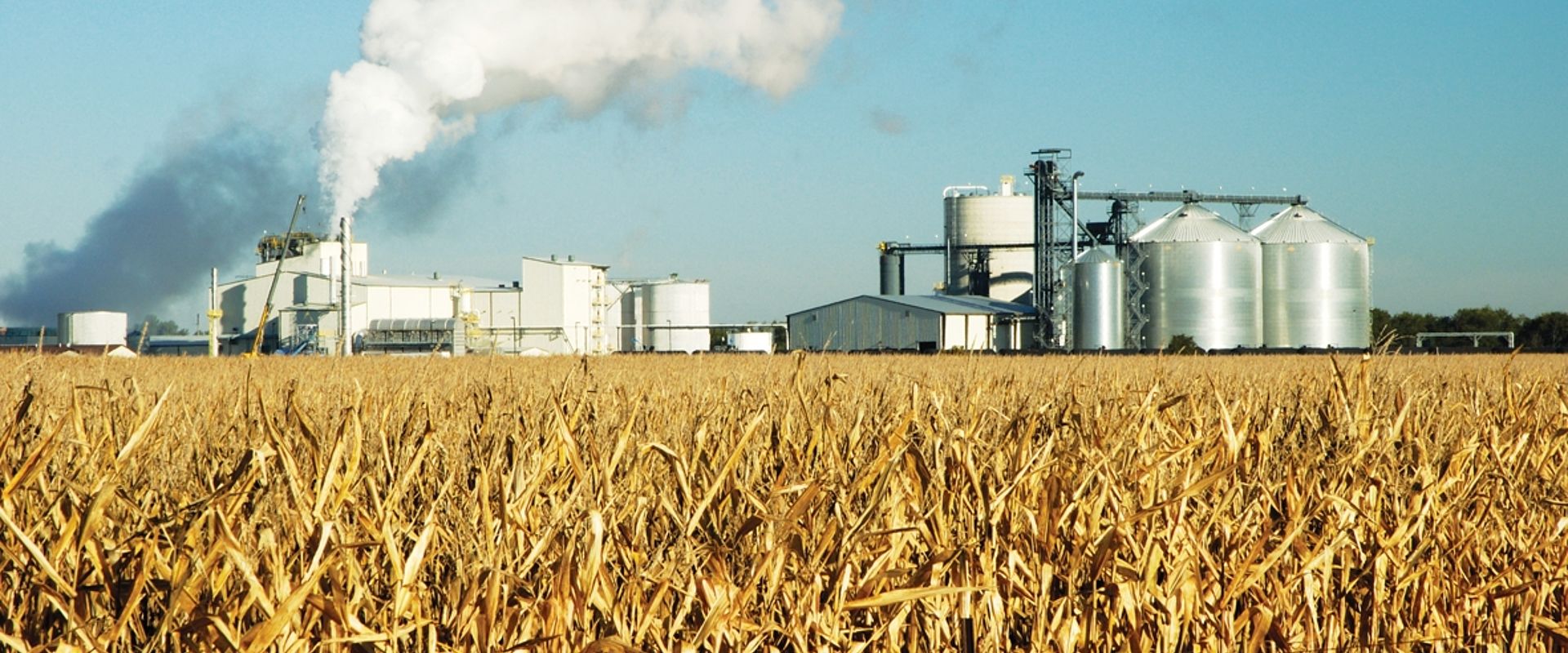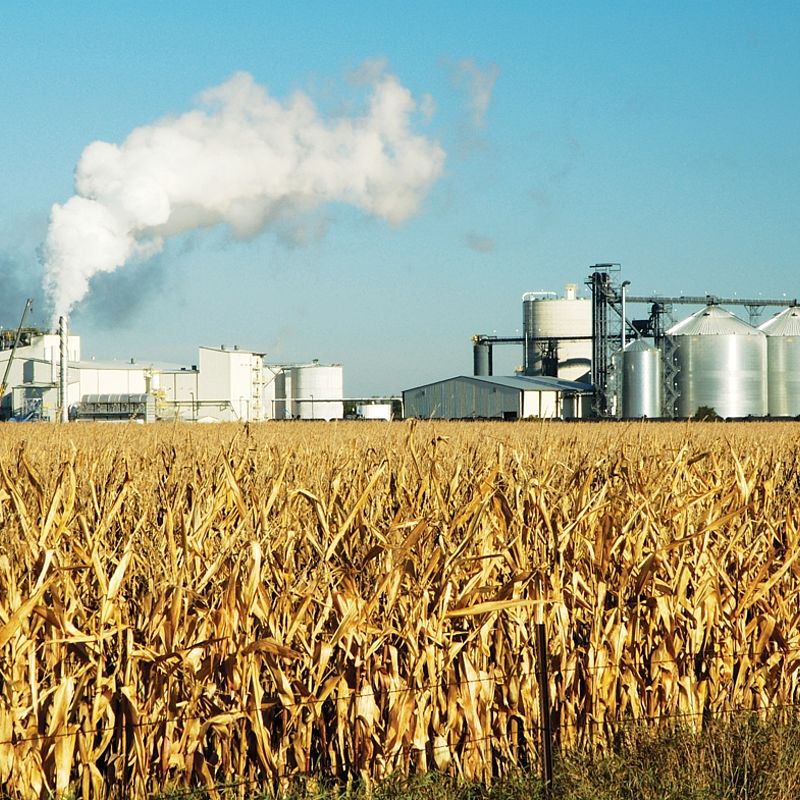
Supporting biofuel-ready vehicles
Challenge
Biofuels are gradually being introduced across Europe’s transport sector through low-level blending with conventional fuels – of bioethanol in petrol and biodiesel in diesel. Ahead of large-scale implementation, given the significantly different chemical and physical properties of biofuels, we need a better understanding of how they affect engine performance, reliability and safety to build consumer confidence.
Higher proportions of bioethanol in a vehicle’s fuel mix can lead to engine corrosion. To overcome this problem, engine developers need to identify materials which can effectively resist the corrosive effects of bioethanol and be used to build safe, efficient biofuelready engines. This depends on developers being able to reliably assess the level of corrosiveness of a given bioethanol blend.
The pH value of bioethanol (pHe) can be used as a quick and simple indicator of its corrosiveness, but conventional methods for measuring pH values cannot be applied to bioethanol and, until recently, no internationally-accepted reference methods existed to support accurate, comparable pHe measurements.
Solution
The EMRP project Metrology for biofuels developed a reference method to serve as a best practice example for making pHe measurements. These practices have been incorporated into the new ISO standard (17315:2014), Petroleum products and other liquids - Ethanol - Determination of total acidity by potentiometric, enabling users to make pHe measurements of the highest accuracy and reliably compare them across the world.
Impact
International adoption of the new reference method through the ISO standard will enable engine developers to accurately measure the corrosiveness of bioethanol and reliably compare the ability of materials to resist its corrosive effects. Developers will then be able to confidently identify the most suitable materials for use in nextgeneration engines, built to withstand bioethanol blends.
By enabling the development of biofuel-ready engines and building consumer confidence, this new measurement capability will support higher levels of biofuel blending in Europe’s transport fuels. This is an important step towards the increased adoption of low carbon biofuels across Europe, which will be crucial to meeting EU targets for renewable transport fuels.
- Category
- EMRP,
- Energy,
